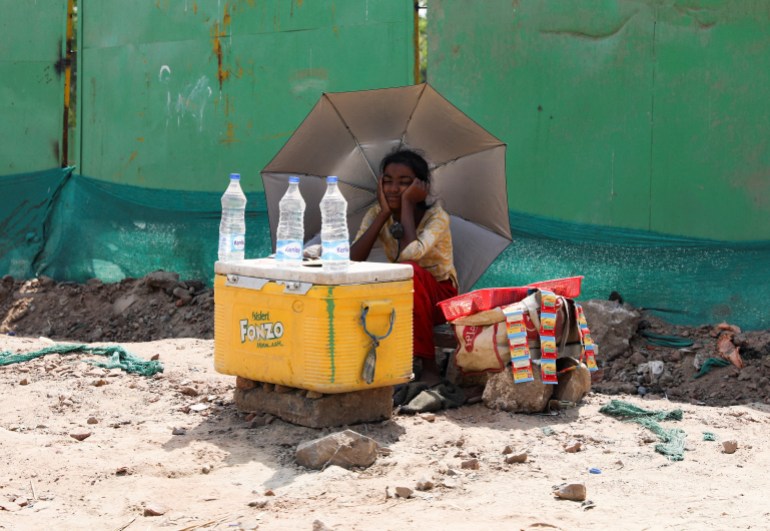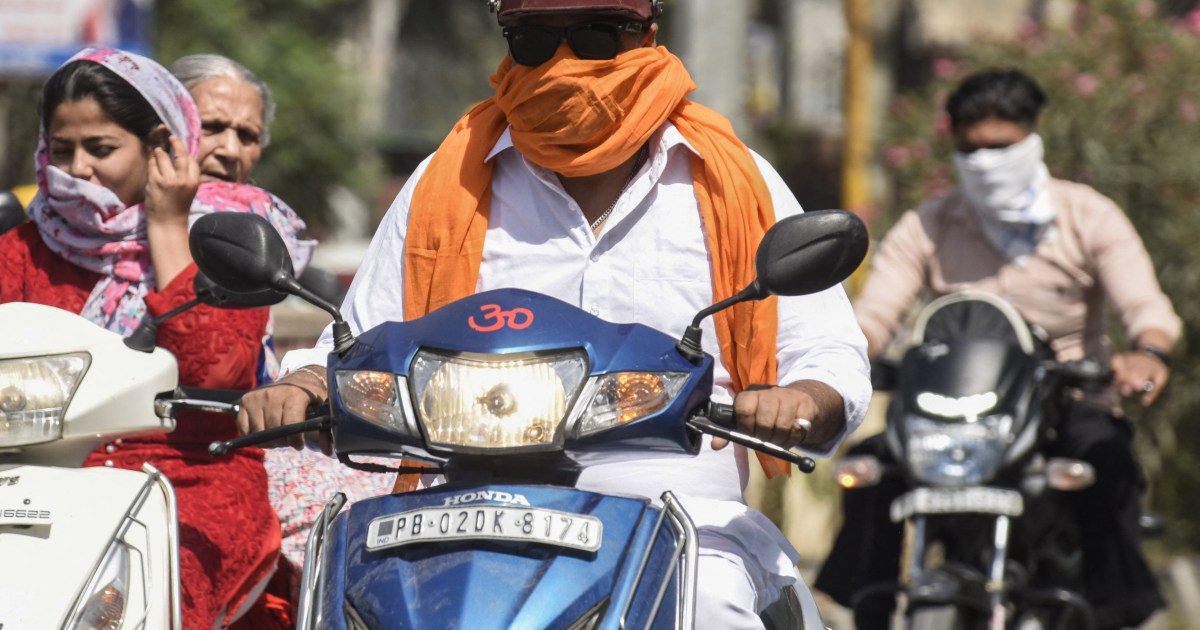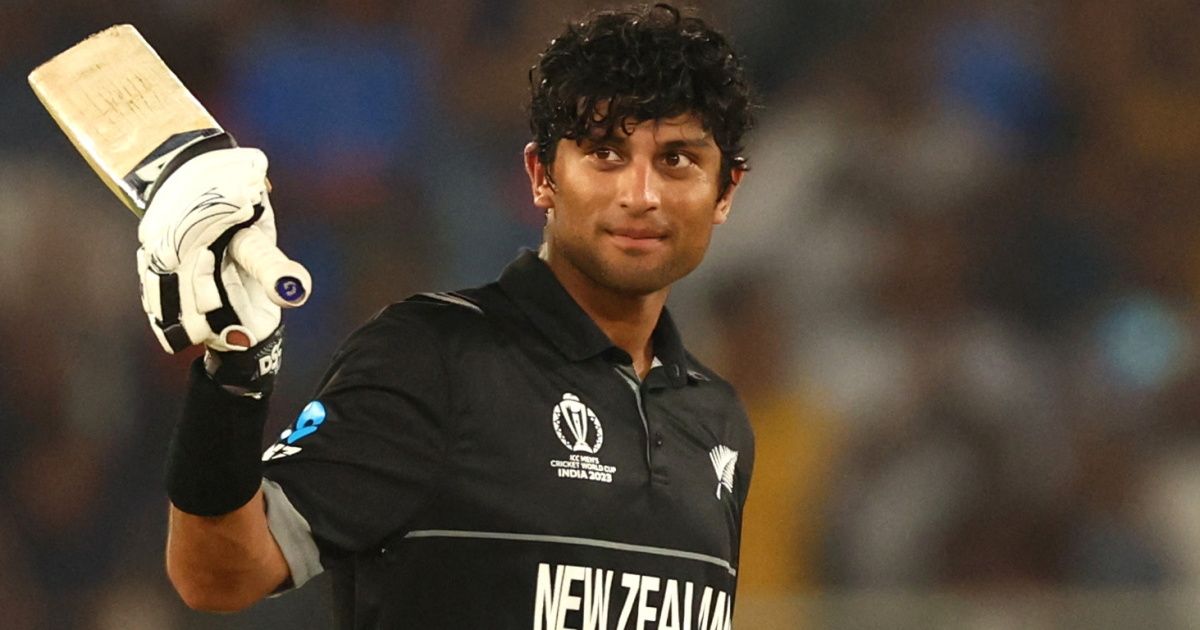Scorching weather forces India to face climate change head on | Climate Crisis News
New Delhi, India – Construction worker Gujral Singh tears up as he voices his concerns about toiling in India’s searing heat this summer.
Tens of millions of Indians are struggling to cope with a relentless heatwave with temperatures in some regions the hottest in more than 120 years in this South Asian nation.
“It is becoming unattainable for me to accomplish my job,” Singh, 47, a father of two, told Al Jazeera. “I could efficiently do the work the previous summer. I fainted a couple of times already during this summer. I don’t know how will I meet the end needs of my family.”
Pravesh Solanki, 32, another construction labourer, echoed the comments but noted it is not just older people facing the challenges of working outdoors in the extreme heat.
“We are young and full of energy. Still, we hold for a breather after every half an hour, which we used to take after an hour or two. This summer is extraordinarily pinching us,” said Solanki.
Addressing a recent press gathering, India Meteorological Department (IMD) Director-General Mrutyunjay Mohapatra said central and northwest India face the most sizzling temperatures in 122 years in April.
This year has seen a gradual rise in maximum temperatures by 2-4 degrees Celsius (3.6 to 7.2 Fahrenheit) over those areas, and there will be no respite from the heat in May, IMD said.
‘Duration, intensity, and frequency’
Heatwaves – with temperatures ranging from 43°C to 46°C – are prevailing in 15 Indian states, including New Delhi, Haryana, Punjab, Rajasthan, Uttar Pradesh, and Gujarat.
Surface land temperatures, meanwhile, have exceeded 60°C over some parts of northwest India, according to satellite data.
“The extreme climate events are occurring due to climate instability. Nowadays, there are solely extremes whether it is heat, cold, floods or drought. This will occur more often than earlier because of climate change. The duration, intensity, and frequency will also rise in the future,” Akhilesh Gupta, head of the Climate Change Program at India’s Ministry of Science & Technology, told Al Jazeera.
Gupta said while global climate change is mostly responsible, local factors are contributing to the unprecedented heat.
“We also have local issues like the high emissions in the big cities due to which a regional ‘heat island’ is created. Heat islands are the parts of a city which are warmer than others. So, internationally global warming and locally heat islands are responsible for such heatwaves,” he added.
Heat-stressed
The threat to people’s health is increasingly dangerous in India.
“The heatwaves are fatal for public health and the economy. It also puts the ecosystem at risk,” said Avinash Chanchal, campaign manager at Greenpeace India.
“We have been witnessing an increased rate of hospitalisations also leading up to fatalities as a result of heatwaves. Unfortunately, the most vulnerable communities are facing the brunt of this crisis more than others.”
Chanchal said the government must intervene to help the urban poor, outdoor workers, women, children, and senior citizens who are at higher risk from extreme heat.
“Especially the state and city authorities must strengthen the public health system, coordinated with meteorological early warning systems to ensure timely medical advice to its citizens.”
The heatwave has severely impacted the agriculture sector in India, causing wheat crops to shrivel in states such as Punjab, Haryana, Uttar Pradesh, Rajasthan and Madhya Pradesh, collectively called India’s food bowl.
“The high temperature this season did not allow the wheat to grow for a complete period,” said Tinku Yadav, 23, a farmer in Haryana.
“Earlier, the wheat would be harvested by the end of April or start of May, but during this season the wheat grains were harvested at the end of March and early April. My yield, which was nearly 22 to 24 quintals (2.2 to 2.4 tonnes) per acre last summer, has been reduced to just 16 to 18 quintals (1.6 to 1.8 tonnes).”
Pushed to the brink
India is one of the most “heat-stressed” nations in the world and the increasing temperatures will only make it worse for the workforce toiling outside.
India lost 259 billion hours of labour annually between 2001 and 2020 because of the impacts of humid heat, according to a study by Duke University.
“Because of its large population, India is in absolute terms expected to lose the equivalent of 34 million full-time jobs in 2030 as a result of heat stress,” reported International Labour Organisation (ILO).
“Although most of the impact in India will be felt in the agricultural sector, more and more working hours are expected to be lost in the construction sector.”
Gardener Surajmal Singh, 53, has cycled to work and back home every day for the last 20 years – overall a 50km (20 mile) journey each day.
He said now it is too hard for him during the sweltering summer temperatures. “In the last few years, the heat has increased too much. I never halted my bicycle in between [the ride], but now I have to take a rest to drink water and cool off.”
Satendra Kumar, 32, a food delivery worker expressed his concern for the future. “This is just the start of the summer and the heat feels like June or July… I don’t know what the coming months and years hold, but if the heat will be increasing like this it will create a major earning void for us.”
Climate change take hold
India will be seriously harmed if greenhouse gas emissions are not cut, warned Intergovernmental Panel on Climate Change (IPCC) in its latest report. It described India as potentially the most “economically harmed” because of extreme weather events. The current heatwave is also part of that change, climate experts say.
“For the last many years, people have been experiencing it in the form of heatwaves. We have enough science to link such extreme weather events to climate change,” Avinash said.
G Ramesh, a weather scientist and retired director general of India Meteorological Department, confirmed global warming is to blame for recent events in India.
“Heatwaves are common, every summer India suffers from heatwaves, but this time it is earlier than usual. The primary reason for this is global warming. Global warming is accelerating climate change because we have already crossed 1.2°C of warming from the pre-industrial era,” he said.

With Earth heating up, polar ice is thinning out. In the Arctic, for example, sunlight was previously reflected back into the atmosphere. But because of thinning ice, the Arctic Sea is now absorbing the heat.
“This is changing the whole circulation pattern, particularly waves coming from polar regions, which are likely to accelerate the warming and cooling seasonal patterns,” Ramesh told Al Jazeera.
“Wherever ice is melted in the non-oceanic Arctic region, below the ice methane will emit… Methane emissions are adding to the solar heating as well. So multiple things are happening. Earth’s system is bound to respond to these global and local changes. That is why the heatwaves are happening earlier. We need to be ready to face them even more in the coming years.”
Avinash said adaptation plans must be developed now to deal with India’s weather extremes.
“Urban planning must take measures for vegetation plantations, including rooftop gardening and community nutritional gardens, increase green spaces, and conserve the water bodies,” he said.
“At the same time the government, corporations, and society need to prioritise transition in energy, agriculture, and other sectors to tackle climate change. Phasing out the burning fossil fuels – including energy and transportation systems – is the most practical and urgent solution governments need to implement to protect the public health and future generations.”





Pingback: Purchase Blackberry Dream Online NZ